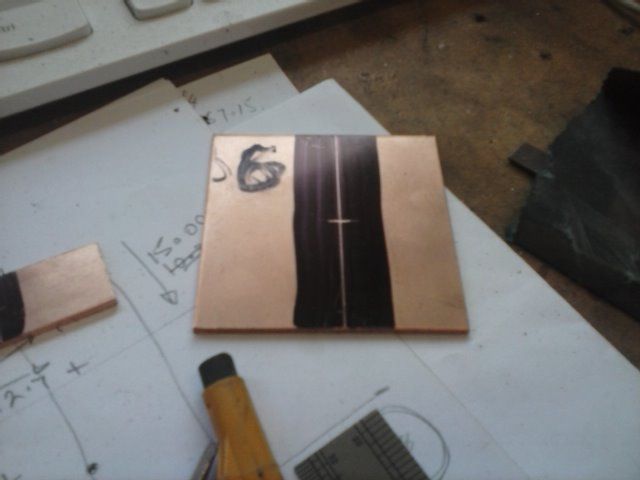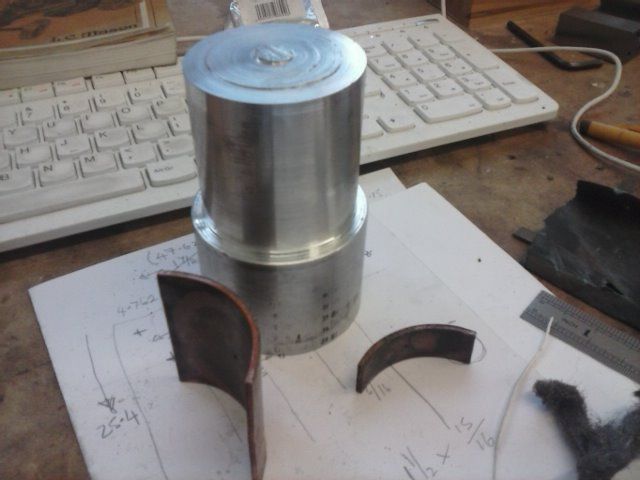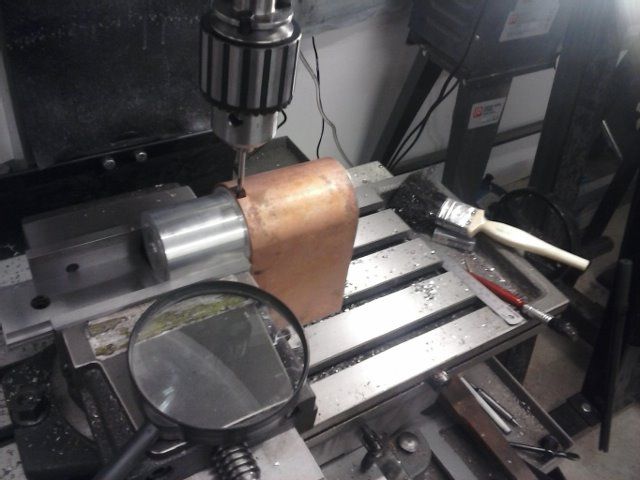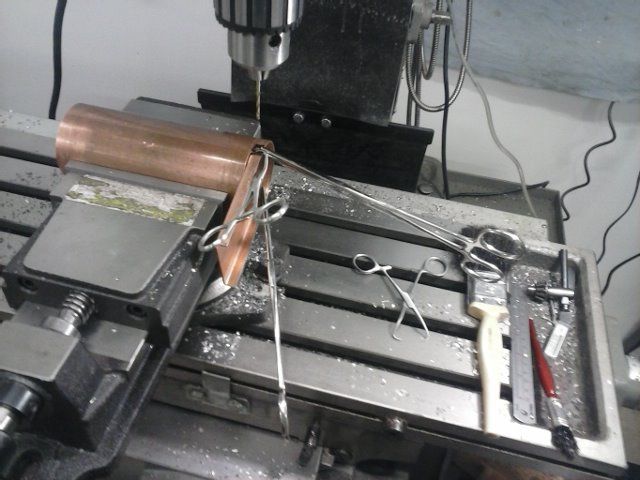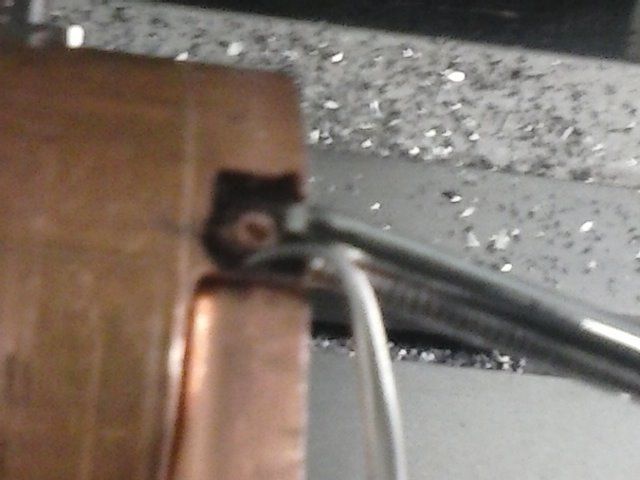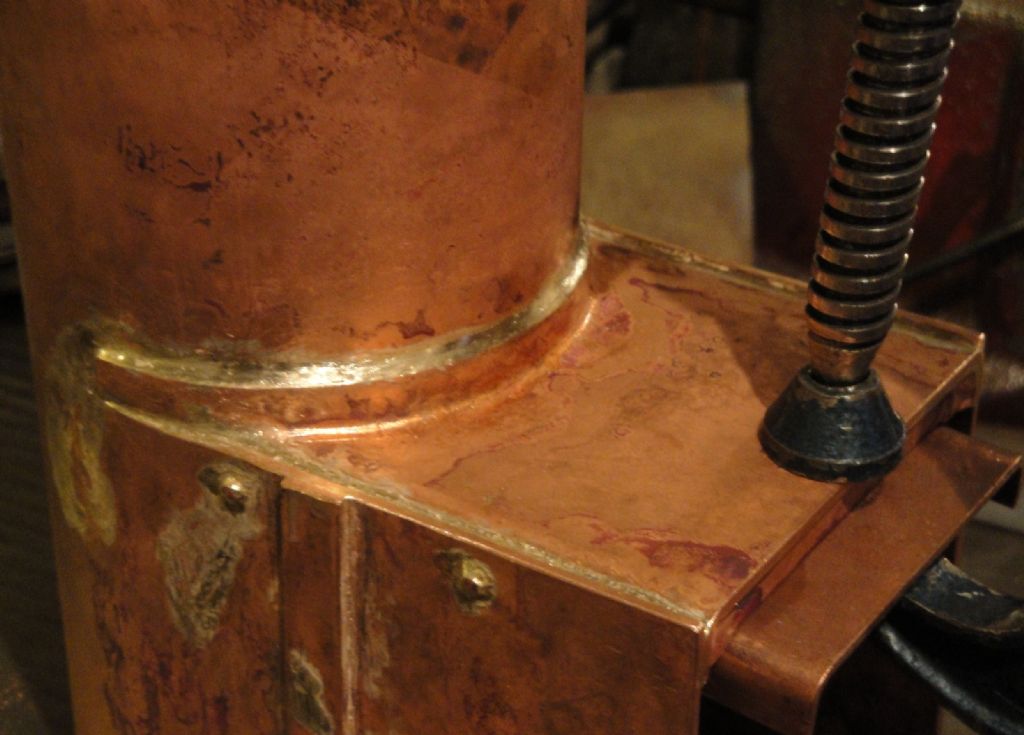So good to see the work of other Minnie builders.
Pgk, I have made other boilers over the years, but none as complex as this one. My previous efforts have been in water tube boilers for model boats and stationary engines. I followed the guidelines in the book by Mr Mason for much of the construction of this boiler; with a few strategically placed copper rivets to hold assemblies together. My silver soldering is based on much of the existing literature. There is a helpful series written by Keith Hale of CUP alloys called “Overcoming difficulties in silver soldering” in the “Model Engineering in Miniature” magazines of November, December 2015 and January 2016.
1. I try to get joints that are not too tight or too large. Too tight restricts capillary flow: too large, hard to fill with expensive silver solder
2. I clean all my copper pieces in acid before each heating cycle. I use nitric acid, diluted to about 5% from the 25% stock sold by our local hardware shop: adding acid to water, of course. Copper immersed in the dilute nitric acid will become clean in seconds. I learnt to use nitric acid for silver soldering in metalwork classes, at school in the 1950’s. However, all the safety precautions for using strong acids must be followed rigorously. I clean mine in the open air as obnoxious/toxic fumes can be evolved if care is not taken. Nitric acid will not normally be available in the UK, so dilute sulphuric acid or citric acid can also be used. I do wonder if the acid treatment is a bit over the top, as in reality only the areas to be soldered need to be bright copper. This can easily be done with wire wool. The flux should take care of any local oxidation from heating.
3. The size of torch used is important even in a small boiler such as this. I found that the Sievert 3491 (3.1Kw) burner normally used for heating smaller jobs could not provide sufficient heat quickly. So changed to a 2942 (26Kw) burner used with an extension tube, as it gets very hot. The larger burner did the trick for me; it brings the job up to temperature quickly and easily.
4. I used silver solder with two melting points as normally recommended for work of this nature. I used No. 438 (650°-720° and No.455 (630°-660°
and No.455 (630°-660° from the CuP alloys selection, following advice from their stand at the Midlands show.
from the CuP alloys selection, following advice from their stand at the Midlands show.
5. I find some form of insulation around the work essential when heating. Coke is mentioned a lot in older literature; but I don’t know where you would get it. Anyway, the fumes from the hot coke could be a bit daunting. I have two insulation blankets from CuP alloys at £10.80 each they are cheap and for me, indispensable. One is kept whole and wrapped around the boiler; the other is torn into pieces and stuffed into large orifices to prevent the circulation of cooling air through the boiler.
Good luck with your soldering.
Brian, your gears look really nice. Do you have any tips on getting them to mesh nicely? I am just starting on the bearings for the shafts.
Bonne courage, to all
Ray
pgk pgk.


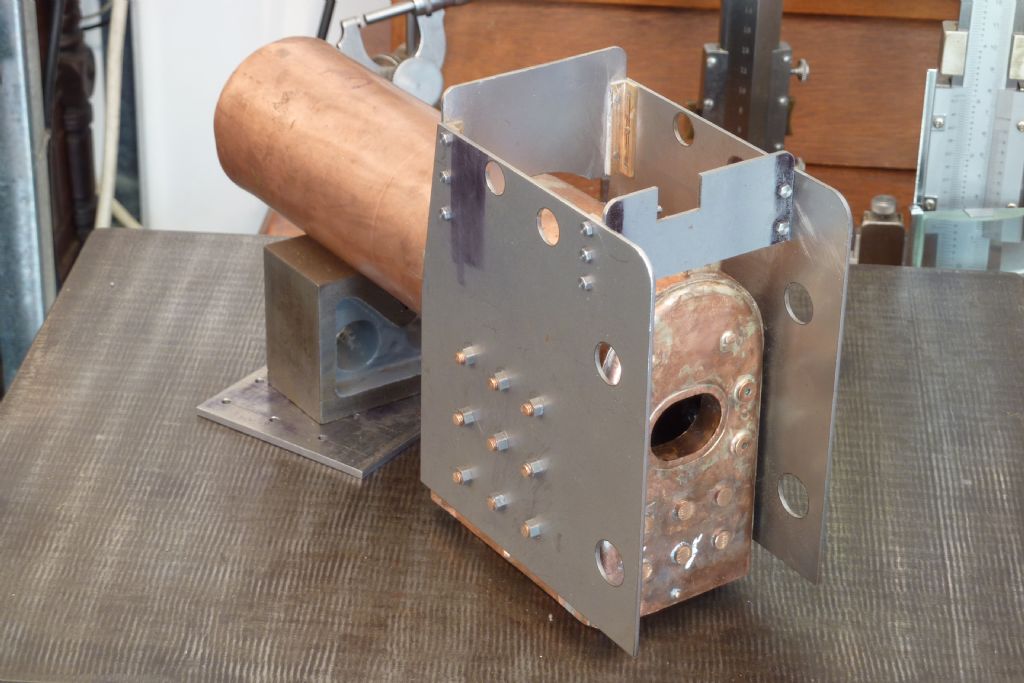
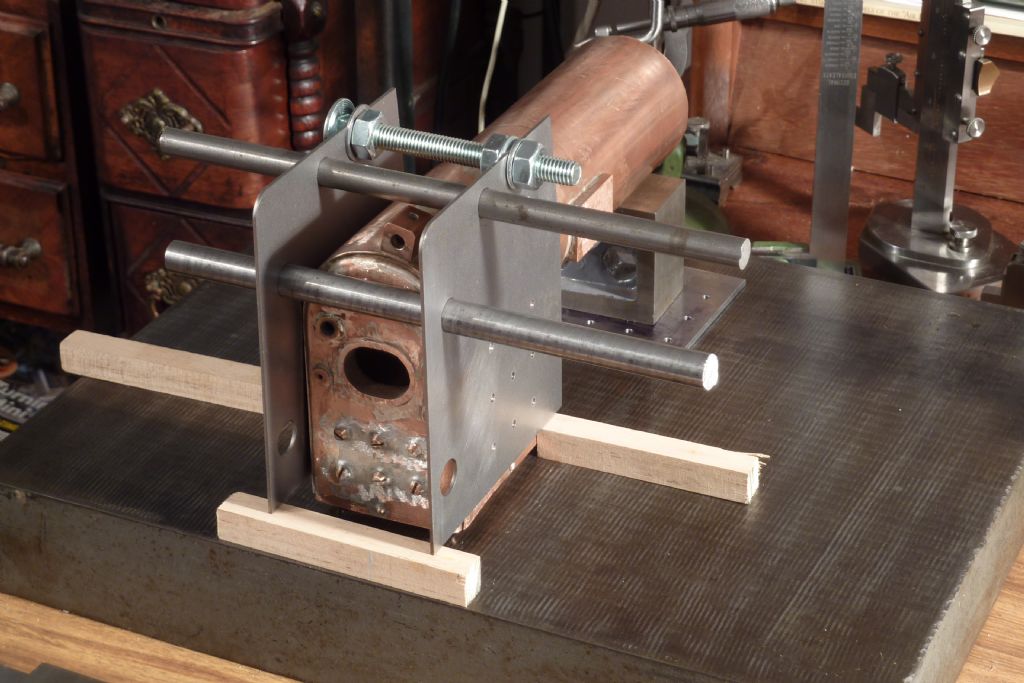
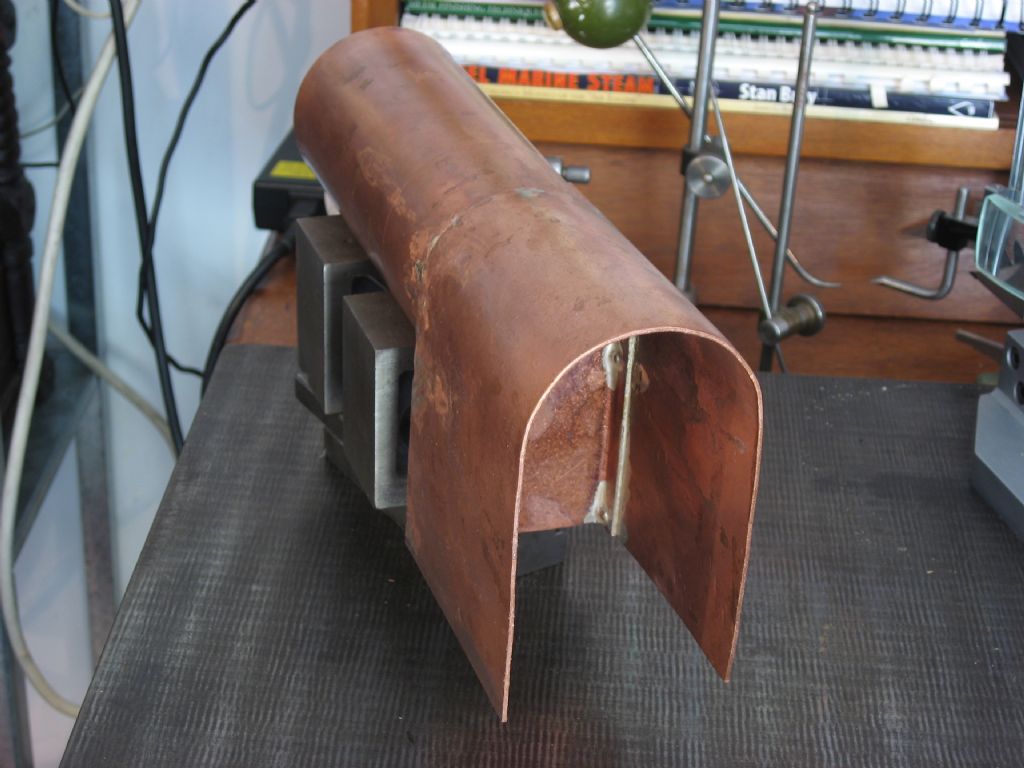
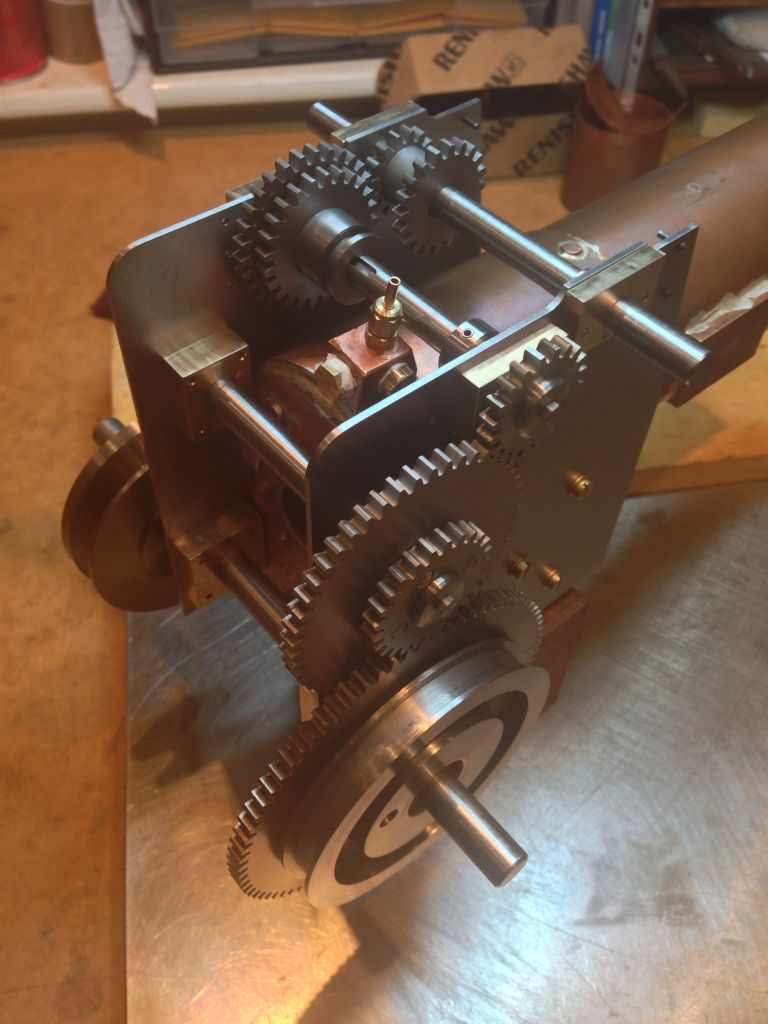
 and No.455 (630°-660°
and No.455 (630°-660°